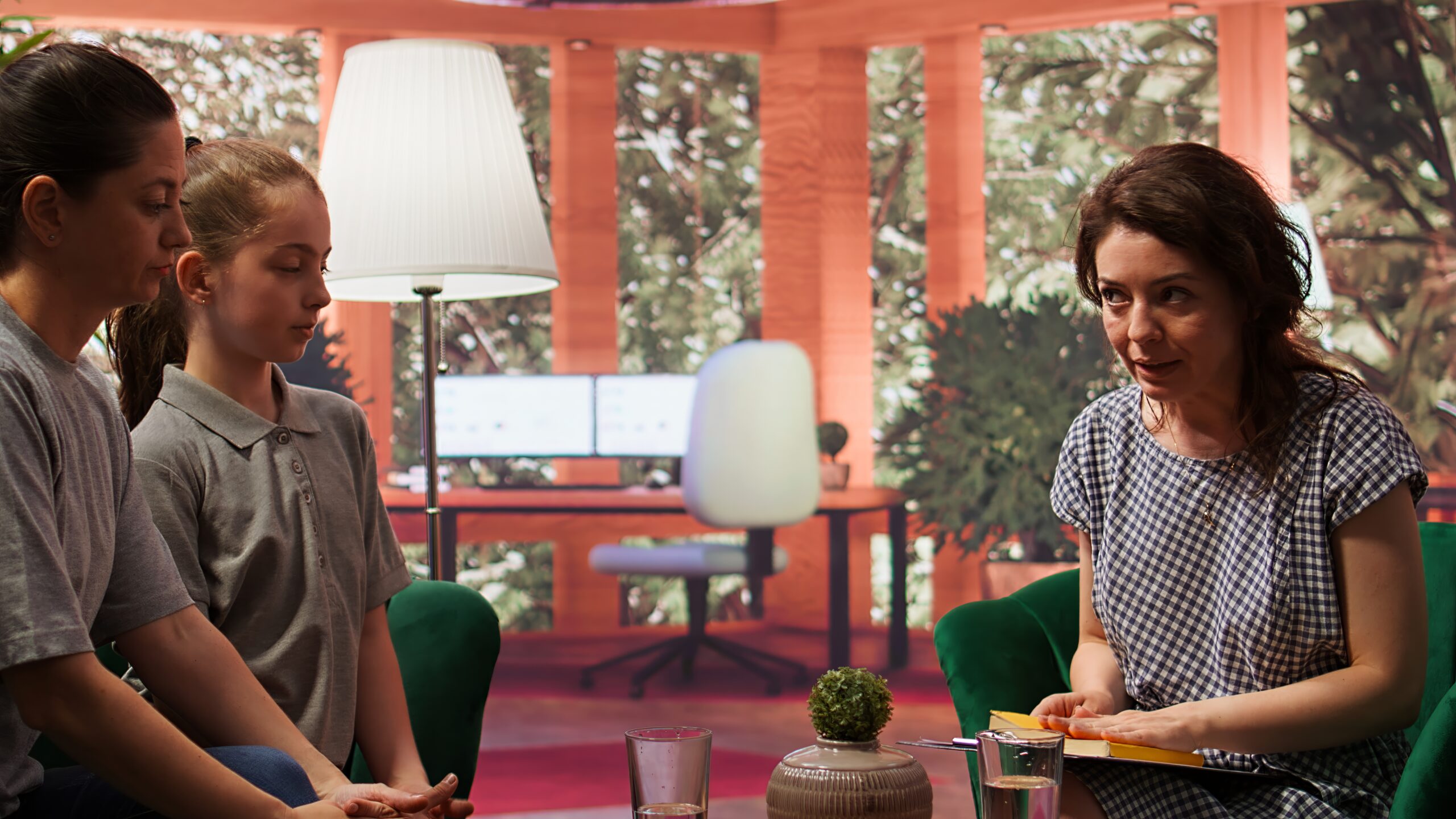In the contemporary fast-paced environment, wellness-centered design has emerged as a vital component in shaping our living and working spaces. This design philosophy merges architecture, psychology, and sustainability, aiming to improve mental health and overall well-being through deliberate, evidence-based design decisions.
With the increasing availability of professional interior designing services, a growing number of homeowners and businesses are adopting wellness-oriented spaces that foster balance and tranquility.
Understanding Wellness-Centered Design
Wellness-centered design involves the creation of environments that support both physical and mental wellness. It transcends mere aesthetics by incorporating light, color, natural elements, and spatial arrangement in ways that instill feelings of safety, calmness, and connection among occupants. In essence, these spaces are crafted to heal, rejuvenate, and energize their users.
The Science Behind Wellness Design
Contemporary psychology validates the notion that our environment has a direct impact on our emotions, choices, and stress levels. Environmental psychology—the examination of human interactions with constructed environments—serves as the basis for wellness design.
For example, access to natural light can enhance mood and productivity, while organized environments can alleviate anxiety. Every aspect—texture, lighting, or airflow—plays a role in influencing how individuals feel and perform.
Key principles of evidence-based and human-centered design include:
- Optimizing lighting and ventilation to regulate mood.
- Utilizing materials that evoke a sense of natural comfort, such as wood and stone.
- Creating adaptable spaces where occupants can manage light, temperature, and privacy.
Core Principles of Wellness-Centered Design
Biophilic Inspiration
- Incorporating natural elements like indoor plants, water features, and sunlight.
- These enhancements improve air quality, boost focus, and strengthen the connection to nature.
Ergonomic and Comfortable Environments
- Proper posture and physical comfort are just as important as aesthetic appeal.
- Ergonomic furniture and adaptable layouts help reduce fatigue while enhancing mental clarity.
Sensory Harmony
- A balanced environment in terms of temperature, sound, and scent is crucial for comfort.
- Acoustic design, non-toxic materials, and adjustable lighting contribute to relaxation.
Safety and Accessibility
- Inclusive designs promote independence and confidence among users.
- Clear pathways, flexible lighting, and intuitive layouts guarantee both mental and physical comfort.
Social Connection and Identity
- Spaces should facilitate meaningful interactions without becoming overcrowded.
- Intimate communal areas encourage a sense of belonging, whether in residential or corporate settings.
Vital Design Elements That Influence Mental Well-Being
- Lighting: Natural light increases serotonin levels and enhances sleep quality. In dimly lit rooms, soft architectural lighting simulates daylight.
- Color Psychology: Shades of blue and green promote tranquility, while yellows and oranges boost energy—ideal for social or creative spaces.
- Texture and Material: Wooden and fabric textures provide warmth, while glass and matte metal introduce a modern minimalist aesthetic. These tactile features affect feelings of relaxation and security.
- Spatial Flow: An uncluttered and open floor plan fosters psychological clarity and minimizes visual disorder.
Application in Different Spaces
- Homes that Heal
The home serves as our emotional recharge space. The growing trend of home interior designs in Bhubaneswar illustrates how urban households increasingly favor environments that harmonize beauty with tranquility.
- Bedrooms: Incorporate pastel colors, soft textiles, and gentle lighting to enhance sleep quality.
- Living Areas: Introduce greenery, warm neutral tones, and natural materials for a sense of comfort.
- Home Offices: Place desks near windows and utilize ergonomic chairs to alleviate fatigue.
- Workspaces that Inspire
Contemporary companies are pursuing wellness-oriented offices that foster creativity and mitigate burnout. Esteemed office interior designers are now incorporating green walls, breakout areas, and acoustic pods to enhance focus and collaboration.
- Open layouts promote social interaction and vitality.
- Private rooms provide opportunities for mental respite.
- Incorporating plants and biophilic elements improves air quality and focus.
- Healthcare and Educational Environments
Commercial interior designers near me frequently concentrate on areas such as clinics and educational institutions that necessitate particular wellness strategies.
In hospitals, warm hues and natural light facilitate recovery.
In educational settings, the use of natural materials and soothing colors improves cognitive concentration.
Designing for Inclusivity and Neurodiversity
Inclusive design guarantees that all individuals feel welcomed. This includes creating quieter spaces for those with sensitivities or implementing adjustable lighting systems; wellness-oriented environments provide flexibility. Individuals with neurodiversity greatly benefit from sensory areas that assist in managing overstimulation.
Essential steps for inclusive design include:
- Offering options for sound levels, textures, and seating arrangements.
- Providing adjustable lighting and accessible pathways.
- Incorporating artwork or colors that represent diversity and identity.
Assessing the Impact
Evaluating the effectiveness of wellness-oriented designs encompasses both aesthetic appeal and psychological outcomes.
- Quantitative Measures: Reduced absenteeism, improved sleep quality, and increased productivity.
- Qualitative Measures: Improved mood, a heightened sense of belonging, and reduced anxiety levels.
Designers should work in conjunction with psychologists and wellness professionals to ensure continuous evaluation of environmental health.
The Importance of Professional Interior Designers
As the demand for environments conducive to mental health rises, tailored interior designing services are crucial in applying wellness principles. Experts comprehend how spatial arrangements, textures, and visual elements affect emotions.
Whether you are considering interior designing services, planning an office makeover, or looking for commercial interior designers nearby, a professional approach guarantees comprehensive success.
Professional teams offer the benefit of:
- Integrating sustainability with comfort.
- Employing eco-certified materials and scientifically supported color palettes.
Customizing functional layouts that promote personal well-being and ensure long-term durability.
Conclusion
Design focused on wellness is not merely a fleeting trend—it represents the future of our living and working environments.
By combining environmental science with innovative design, it transforms comfort into a mental state as well as a physical sensation. From healing homes to inspiring offices, spaces crafted for wellness foster connection, relaxation, and happiness.
Investing in such intentional design—through skilled office interior designers, sustainable architecture, or customized home interior designs in Bhubaneswar—ultimately serves as an investment in mental clarity, community, and a harmonious life.
Wellness originates not only from within us but also from the environments that envelop us.

